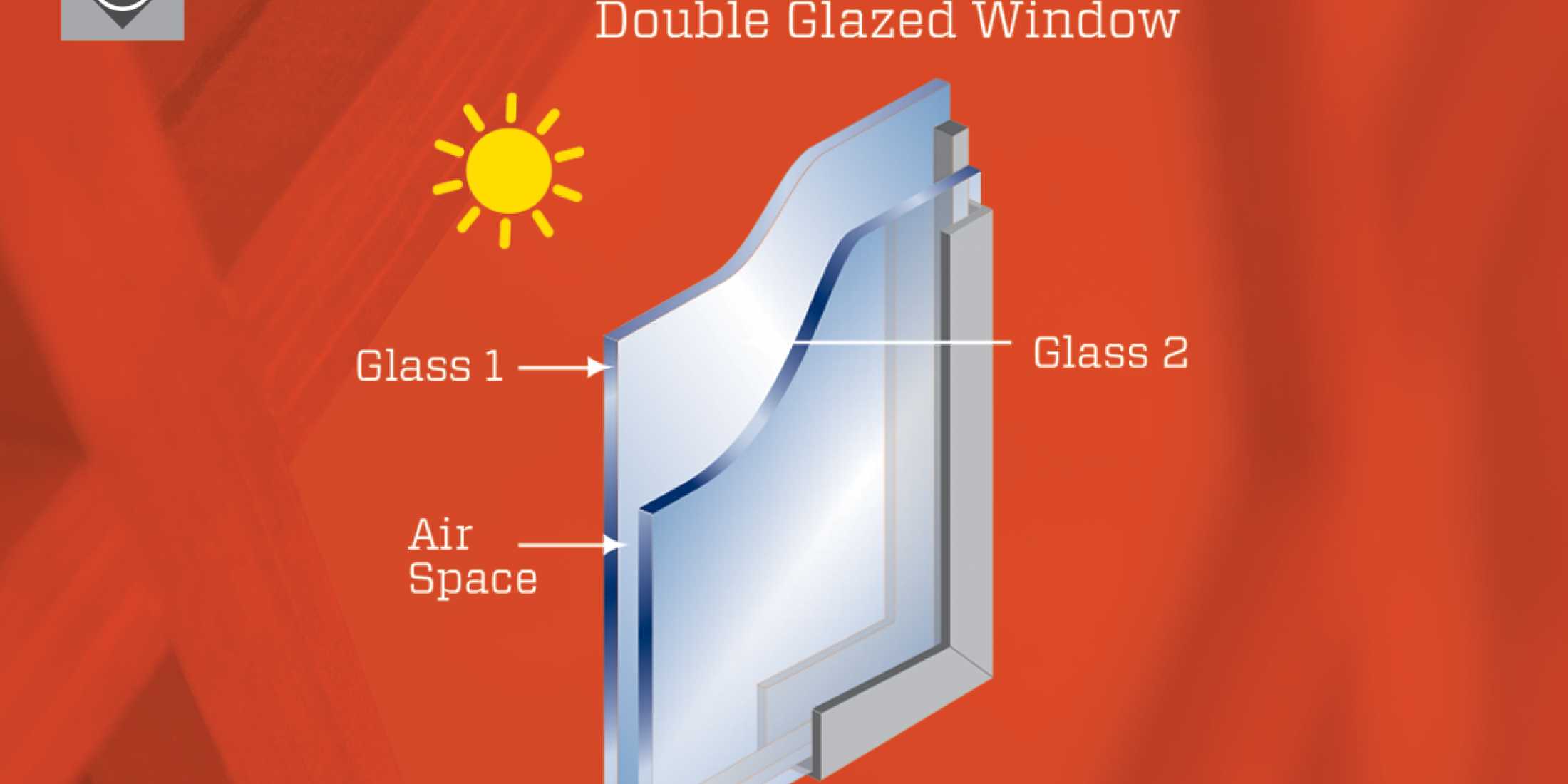How does double glazing work?
Categories
Design Features, Energy Efficiency, Trends & Technology

How does double glazing work?
At our recent Sustainable Home Rebuild Seminars, the most asked question was … “How does double glazing work and how much does it cost?”
Did you know up to 49% of a home’s heat can be lost through standard windows in winter, and in summer the same window can contribute up to 87% solar heat gain? By installing double glazed windows, your can reduce you energy bills and make your home more environmentally friendly.
Double glazed windows are essentially windows constructed with two panes of glass within the one window frame, with an air gap created by a spacer. A double glazed window is sometimes referred to as an IGU (Insulated Glass Unit).
The key to double glazing is this space, or cavity, between the panes of glass. The cavity performs three functions:
- It acts as insulation by reducing the passage of hot or cold air between the outside and inside of your home.
- It helps prevent condensation as a result of the reduction in extremes of air temperature as described above.
- It helps reduce noise pollution by lessening the ability of external noises to pass through the window.
The cavity can be filled with dehydrated air, or an inert gas, usually argon. Argon filled units have better insulation properties, however they do cost more than air filled units.
The width of the gap is another variable factor and depends on the thickness of glass used and the installation conditions. Typically the space can be anything from 6mm wide to 12mm wide.
The type of glass used can have many variables – thickness, Low E and reflective coatings, and tone. A different specification of glass can be used for each of the two panes, so the combination can be quite wide-ranging. It is important to remember that whilst it is the air in the cavity that is the insulator, not the glass itself, the type of glass used adds to the insulating properties of the window.
Another thing to note is that double glazing does not provide insulation from radiant heat: heat that strikes the window from direct sunlight will pass through the window unobstructed. Therefore your choice of glass will depend on how much the window is exposed to direct sunlight in summer.
The final element in double glazing is the frame, which as you’ve probably guessed by now, can also vary significantly. The type of frame used will affect the insulation properties of a double glazed window by up to 30%. Timber frames are natural and excellent insulators as they are low thermal conductors and perform well with double glazed unit. Aluminum frames are a good conductor, so to reduce heat loss/gain, a thermal break, often a rubber strip, is required the inside and outside surfaces of the frame to minimise the transfer of heat and cold. Of course, whatever material used, the unit must be well sealed when manufactured and correctly installed.
Although the cost of double glazing is a larger upfront cost than standard glazing, the rewards in terms of living comfort and savings in energy bills will be significant throughout the life of your home.
